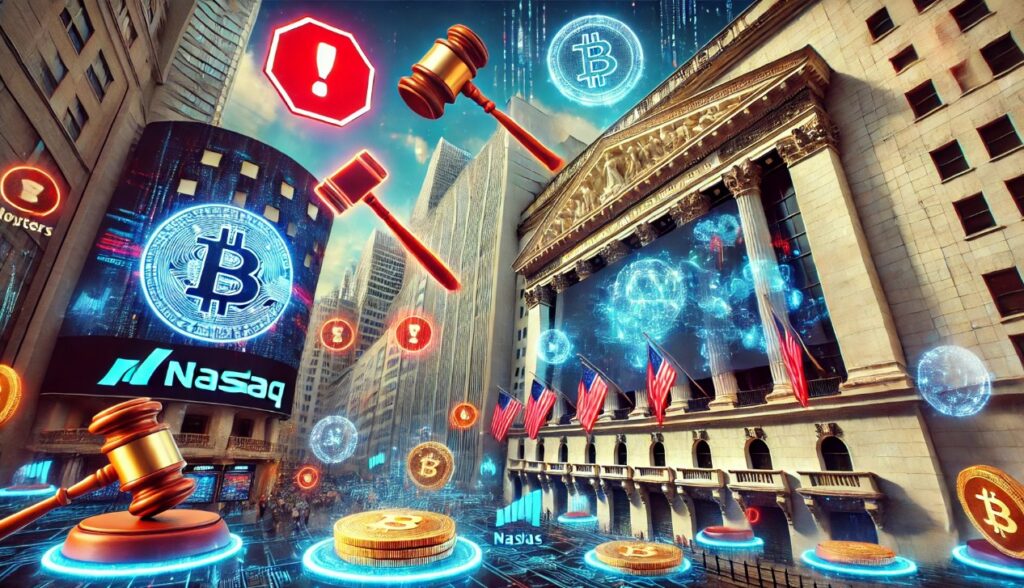In today’s rapidly evolving financial landscape, the intersection of traditional finance and emerging technologies like cryptocurrencies presents both opportunities and challenges. Recent developments in the tokenization of real-world assets (RWAs) on blockchain platforms are capturing attention across the globe. While these innovations hold the potential to redefine asset ownership and trading, they are not without their risks. Regulatory bodies, including the International Organization of Securities Commissions (IOSCO), have issued cautious statements highlighting the vulnerabilities these new technologies could introduce to the financial ecosystem.
The Rising Phenomenon of Crypto Tokenization: Opportunities and Challenges
Exploring the Debate on Crypto Tokenization
Tokenization, which involves creating blockchain-based tokens that represent real-world assets like stocks or bonds, is gaining traction. This move is not just a passing trend but could signal a fundamental transformation in how financial instruments are issued, traded, and managed. The past year has witnessed a surge in the marketing of these tokenized products, especially through online trading platforms.
Despite the excitement surrounding tokenization, its adoption remains relatively modest. Tuang Lee Lim, chair of IOSCO’s fintech taskforce, notes that while it holds transformative potential, the complexity surrounding tokenized assets can confuse investors. Many remain unsure whether they hold a stake in the actual asset or merely a digital representation. This confusion is exacerbated by the presence of third-party token issuers, which introduces additional counterparty risks—a concern already echoed by the European Union’s securities regulators.
Innovations and Risks: A Delicate Balance
The intricate ties between tokenized assets and the broader cryptocurrency market add a layer of complexity and risk. Despite these challenges, some prominent financial institutions, including Nasdaq, are moving forward with tokenization initiatives. Will Peck, head of digital assets at WisdomTree, highlights that tokenization can facilitate 24/7 trading and peer-to-peer transfers, offering an alternative method for holding assets like gold in digital wallets. This could provide a safeguard against the depreciation of the US dollar, yet industry experts remain divided on the potential of these innovations.
Perspectives from Leading Industry Figures
Although commercial interest in tokenization is climbing, IOSCO emphasizes that the anticipated efficiency gains are yet to be consistently realized. Proponents of blockchain technology argue that it can reduce trading costs and expedite settlements, potentially attracting younger investors. Yet, IOSCO’s report critiques the current reliance on traditional market infrastructure instead of a complete shift to blockchain, coupled with a lack of public disclosure of any tangible benefits by issuers.
In the United States, the push for tokenization is gathering steam, bolstered by a wave of new legislation encouraging stablecoin adoption. Prominent industry figures are championing this transformative trend. Vlad Tenev, CEO of Robinhood, likens tokenization to an unstoppable force, while Larry Fink, CEO of BlackRock, envisions it reshaping the investment landscape.
Is Tokenization of Real-World Assets a Safe Bet?
Tokenization can offer significant benefits, including enhanced liquidity and access to a broader investor base. However, it also introduces complexities and regulatory challenges that require careful consideration and thorough due diligence before investing.
How Does Tokenization Impact Traditional Finance?
Tokenization has the potential to streamline processes in traditional finance, lowering transaction costs and accelerating settlement times. Nonetheless, its full integration depends on overcoming existing reliance on conventional market infrastructures.
What Should Investors Consider Before Investing in Tokenized Assets?
Investors should evaluate the regulatory environment, the credibility of the token issuer, and the asset’s underlying value. Understanding the legal framework and potential counterparty risks associated with these investments is also crucial.
As the financial sector navigates this new terrain, it’s imperative to balance the promise of innovation with the vigilance needed to mitigate risks. This comprehensive guide to tokenization not only delves into its technological framework and market implications but also offers insights to empower informed decision-making in this emerging sector.

